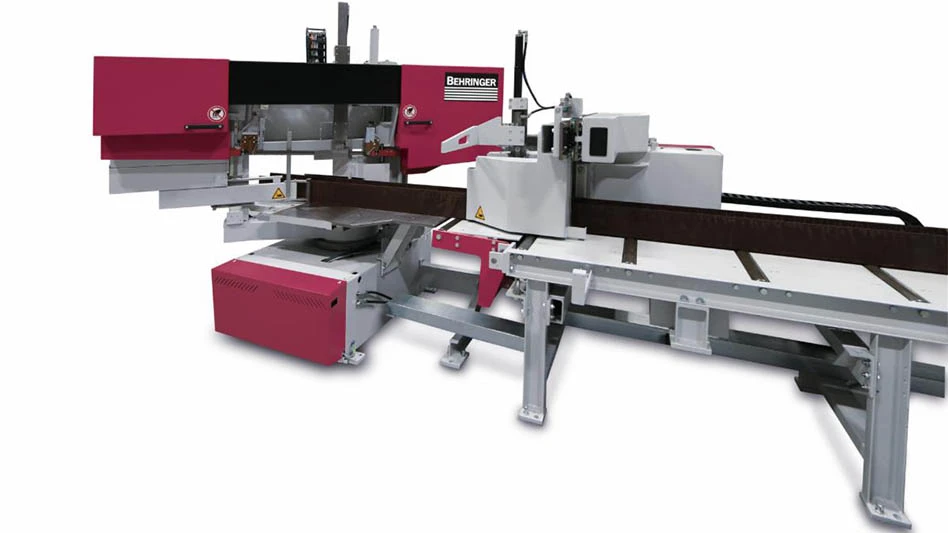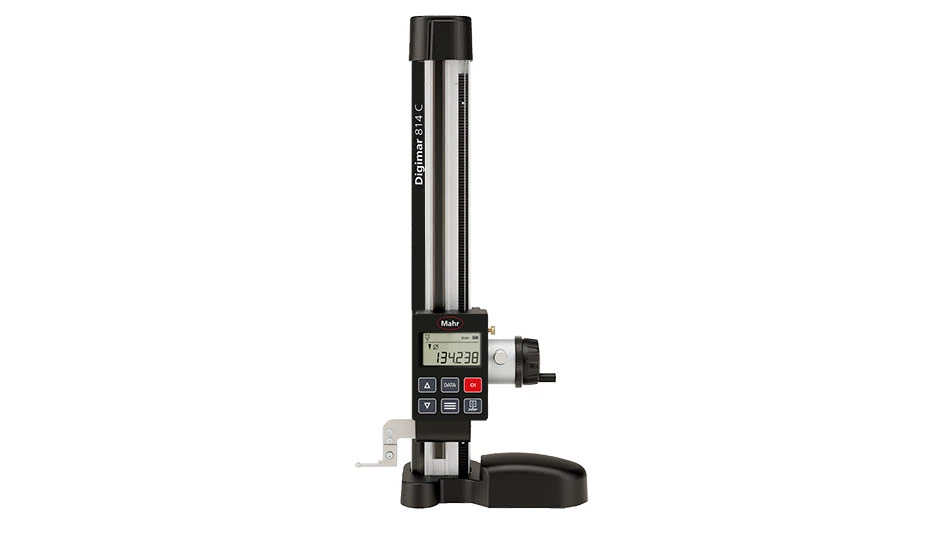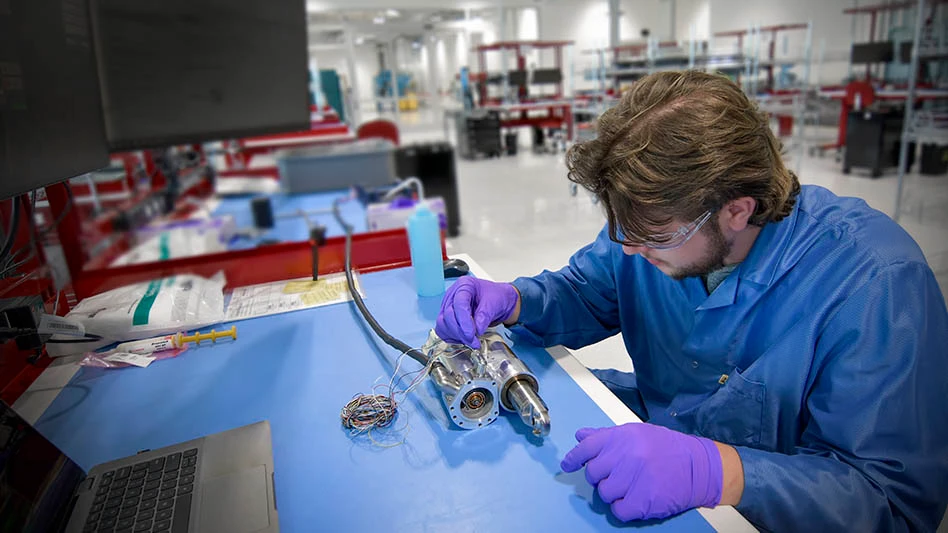
GIE Media's Manufacturing Group
Manufacturing and Supply Chain Expert, Lisa Anderson, MBA, CSCP, CLTD, President of LMA Consulting Group Inc., predicts that supply chain disruption will continue well beyond 2024. LMA Consulting Group works with manufacturers and distributors on strategy and end-to-end supply chain transformation to maximize the customer experience and enable profitable, scalable, dramatic business growth.
“The supply chain disruption is real and will last for quite some time,” Anderson comments. Every supply chain is a complex set of connections that spans from the supplier’s suppliers to product or service accessibility for the end-user. “Let’s look at the ‘why’ of the disruption. If you remove industry nuances, there are three main causes of the disruption. The first cause is labor. The pandemic exacerbated the ongoing drain of skilled boomer workers, many of whom took early retirement. The pandemic also caused workers to reassess their priorities. That resulted in people deciding that they didn’t like their industry or job or their boss. This has manifested into what many are calling the Great Resignation,” Anderson says.
Labor shortages exist in almost every industry and position.
“Manufacturing, transportation, distribution, none of these industries are exempt. And, most of these industries affect the consumer, who has felt the supply chain pinch the worst,” she adds.
The second reason for supply chain disruption is misalignment.
“The pandemic caused a shift in demand. When people experienced an out-of-stock, they found new products that were either similar or better. This shift caused a supply chain misalignment: having the wrong products in the wrong places at the wrong time. So, even when the original products were in place, the demand was no longer there because it had shifted,” she says.
The most expensive reason for supply chain disruptions is equipment. “There is a shortage of equipment in all sectors. This includes chassis used to off-load trailers from ships. Trucks are in short supply, and laws are requiring equipment upgrades. Medical device equipment, farming and construction equipment, food processing equipment and equipment needed for technological upgrades are all in short supply,” Anderson notes.
“It all comes down to creating a never-ending supply chain circle, almost like the supply chain is chasing its proverbial tail. I don’t see that this is easily solvable by initiating new laws or enticing workers with more money. Sure, it can help, but it’s not an easy fix. It will take recognizing that there may be no new normal. Essentially, the supply chain will be in a constant state of evolution. The successful manufacturers will be adaptive, resilient and forward-thinking as they respond to changes in demand and recognize an ever-evolving supply chain,” she concludes.
Register for the Dec. 8, 2021 webinar now.
Latest from Aerospace Manufacturing and Design
- Malaysia Aviation Group orders 20 more Airbus A330neo widebodies
- More displacement from space-tested piezo actuators
- Textron Aviation to bring its largest-ever lineup to 2025 EAA AirVenture
- Qualified materials for 3D-printing mission-critical applications
- #69 Manufacturing Matters - Shopfloor Connectivity Roundtable with Renishaw and SMW Autoblok
- Demystifying Controlled Unclassified Information (CUI)
- Simplify your shop floor operations while ensuring quality parts
- Happy Independence Day - July 4th





